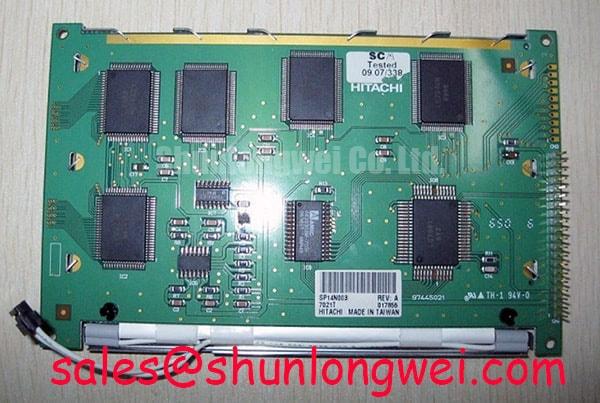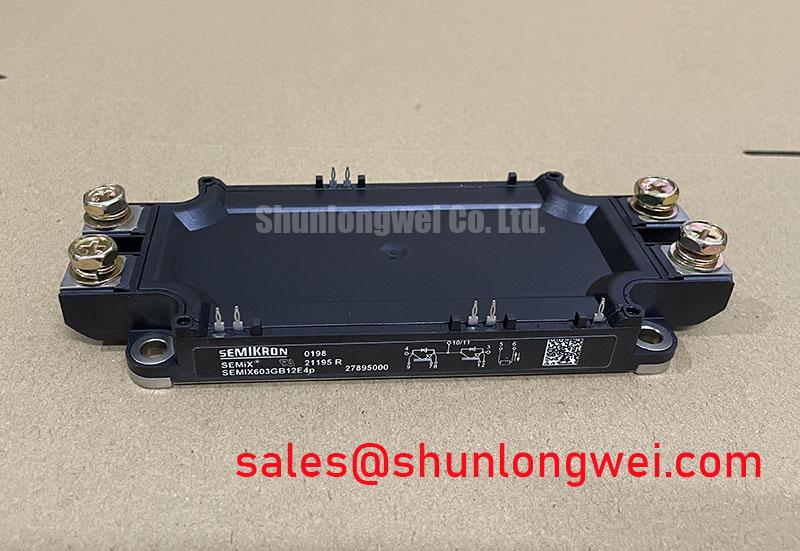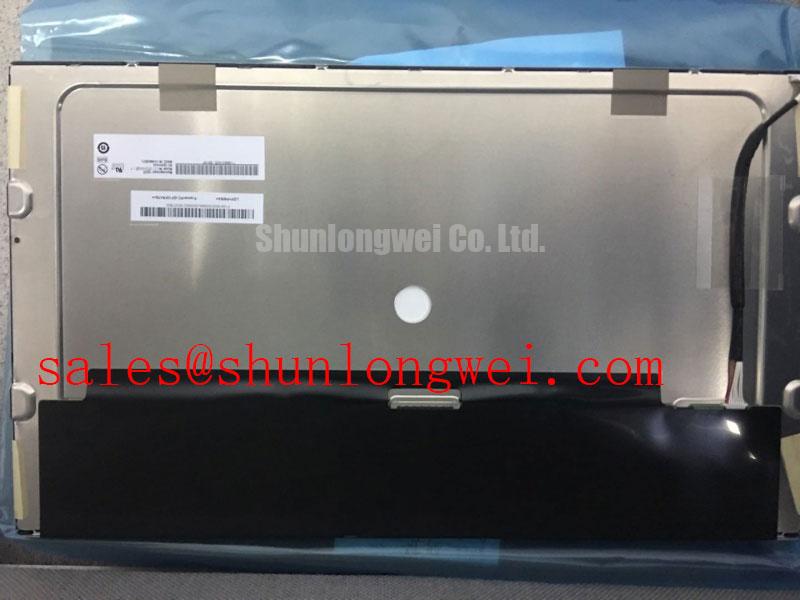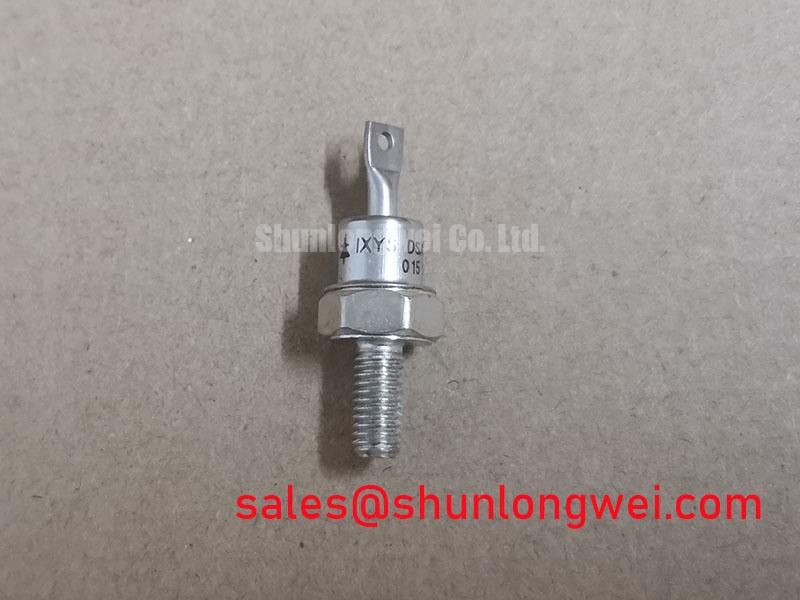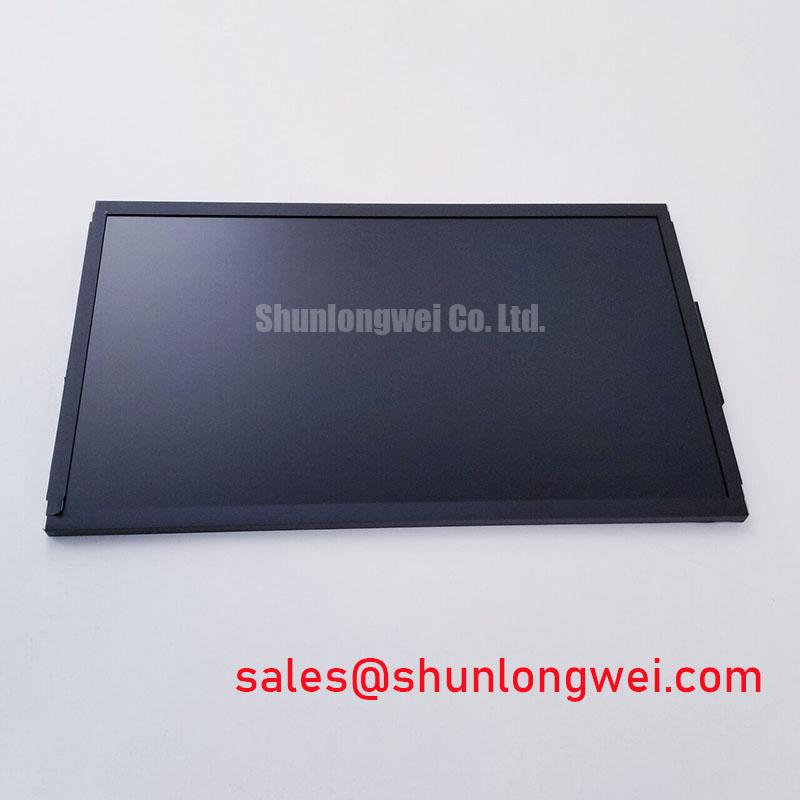HTB 50-TP Current Transducer | Datasheet & Technical Review
Streamlining PCB Design with Integrated Current Sensing
The LEM HTB 50-TP is an open-loop Hall effect current transducer engineered for system integration and design simplification. It delivers precise measurement for DC, AC, and pulsed currents up to a nominal 50A while dramatically reducing layout complexity. How does the HTB 50-TP simplify PCB layout? Its integrated primary conductor eliminates the need for external busbars or through-hole cables. This device provides a direct, board-level solution for current sensing in high-density power electronics, combining performance with a minimal footprint.
- Top Specs: 50A Nominal Current | ±150A Measuring Range | 5VDC Power Supply | ±1.0% Accuracy
- Key Benefits: Simplified PCB layout. Reduced bill of materials.
HTB 50-TP Core Performance Metrics
For engineers evaluating the HTB 50-TP, the following parameters are central to its application performance. This selection is curated to provide a snapshot of the transducer's capabilities for integration into demanding systems.
| Parameter | Value |
|---|---|
| Nominal Primary RMS Current (IPN) | 50 A |
| Primary Current Measuring Range (IPM) | ±150 A |
| Supply Voltage (VC) | +5 V (±5%) |
| Overall Accuracy @ IPN, TA=25°C (XG) | ±1.0% |
| Response Time to 90% of IPN step (tr) | < 8 µs |
| Operating Temperature Range (TA) | -40°C to +105°C |
Download the Datasheet for complete technical specifications.
Technical Inquiries on the HTB 50-TP Answered
Below are answers to common engineering questions regarding the implementation of the HTB 50-TP current transducer.
- 1. What is the primary benefit of the ratiometric voltage output?
The output voltage of the HTB 50-TP is proportional to its supply voltage (VC). This is a significant advantage in systems where the 5V rail may have slight fluctuations. If this same supply rail is used as the reference for your Analog-to-Digital Converter (ADC), any variations in the supply voltage are effectively canceled out, leading to a more stable and accurate current reading without the need for an expensive, ultra-stable external voltage reference. This directly simplifies the analog front-end design and can reduce total system cost.
- 2. How does the integrated primary conductor impact thermal management?
The integrated conductor, designed for PCB mounting, acts as a defined thermal pathway. While it simplifies assembly, engineers must ensure the PCB traces connected to these pins can handle both the current and the associated heat dissipation. The datasheet specifies that the temperature of the primary conductor should not exceed 120°C. Effective thermal design involves providing sufficient copper plane area on the PCB to draw heat away from the transducer, maintaining its accuracy and long-term reliability.
- 3. Is the HTB 50-TP suitable for high-frequency applications?
The HTB 50-TP features a frequency bandwidth (-1 dB) of DC to 50 kHz. This makes it well-suited for applications such as motor drives, switched-mode power supplies (SMPS), and UPS systems operating within this range. However, for applications with very high frequency harmonics or requiring faster response times, designers should analyze the trade-offs. For a deeper understanding of power module characteristics, explore this in-depth analysis of IGBT modules.
- 4. Can the internal voltage reference be used for other components?
Yes, pin 4 provides access to the transducer's internal 2.5V reference voltage (Vref). The datasheet specifies it can source or sink up to 3 mA. This feature is a key design simplification, allowing the microcontroller's ADC to use this same stable reference, which ensures measurement consistency and frees up a microcontroller pin or eliminates the need for an external reference component, further optimizing board space and BOM cost.
Gaining a Design Edge in Compact Power Systems
The trend towards higher power density presents a significant challenge: fitting more functionality into smaller enclosures. This is where components designed for integration, like the LEM HTB 50-TP, offer a strategic advantage. By eliminating bulky wiring and separate measurement components, the HTB 50-TP directly contributes to a more compact and manufacturable design. Its architecture, combining a sensor and integrated primary in a single PCB-mount package, not only saves physical space but also reduces assembly steps and potential points of failure, enhancing overall system reliability.
Empowering Applications Through Simplified Current Sensing
The HTB 50-TP is not merely a component but an enabler of more efficient and compact designs across a range of industries. Its value is most evident where board space is at a premium and assembly simplification is a key objective.
- AC Variable Speed & Servo Drives: In motor control applications, precise current feedback is critical. The HTB 50-TP provides this with a fast response time and a footprint small enough for integration directly onto the drive's power board.
- Uninterruptible Power Supplies (UPS): The transducer's ability to measure both AC and DC currents is vital for monitoring battery charging/discharging cycles and output load in modern UPS systems.
- Switched-Mode Power Supplies (SMPS): Its compact, PCB-mount design is ideal for high-density power supplies where accurate overcurrent protection and control loop feedback are required.
- Welding Applications: Provides robust current measurement in power sources for welding, with galvanic isolation ensuring safety and signal integrity.
Best Fit Scenario: For space-constrained motor drives under 50A requiring stable measurement with a fluctuating 5V rail, the HTB 50-TP's ratiometric output provides an optimal solution.
Inside the HTB 50-TP: Hall Effect and ASIC Synergy
The operational core of the HTB 50-TP relies on the Hall effect principle. When current flows through the integrated primary conductor, it generates a magnetic field that is concentrated by a magnetic circuit. A Hall effect sensor, placed within this field, produces a voltage proportional to the field's strength. This raw signal is then conditioned by a specialized Application-Specific Integrated Circuit (ASIC). The ASIC is responsible for amplifying the signal, compensating for thermal drift, and generating the final, stable ratiometric voltage output. This tight integration of the sensing element and the conditioning electronics in a single package is what enables the transducer's combination of accuracy, stability, and ease of use. For those interested in the semiconductor switches these sensors often monitor, our guide on IGBT structure offers further insight.
A Forward-Looking Perspective on Integrated Sensing
The evolution of power electronics is inextricably linked to the advancement of component-level integration. Devices like the HTB 50-TP represent a critical step in this journey, moving beyond discrete sensing solutions toward intelligent, plug-and-play components. As systems continue to demand higher efficiency, greater power density, and faster development cycles, the strategic value of transducers that reduce BOM complexity, minimize layout challenges, and enhance manufacturability will only grow. Adopting such integrated solutions is not just a design choice; it is an alignment with the future trajectory of power system engineering, where simplification and reliability are paramount.










